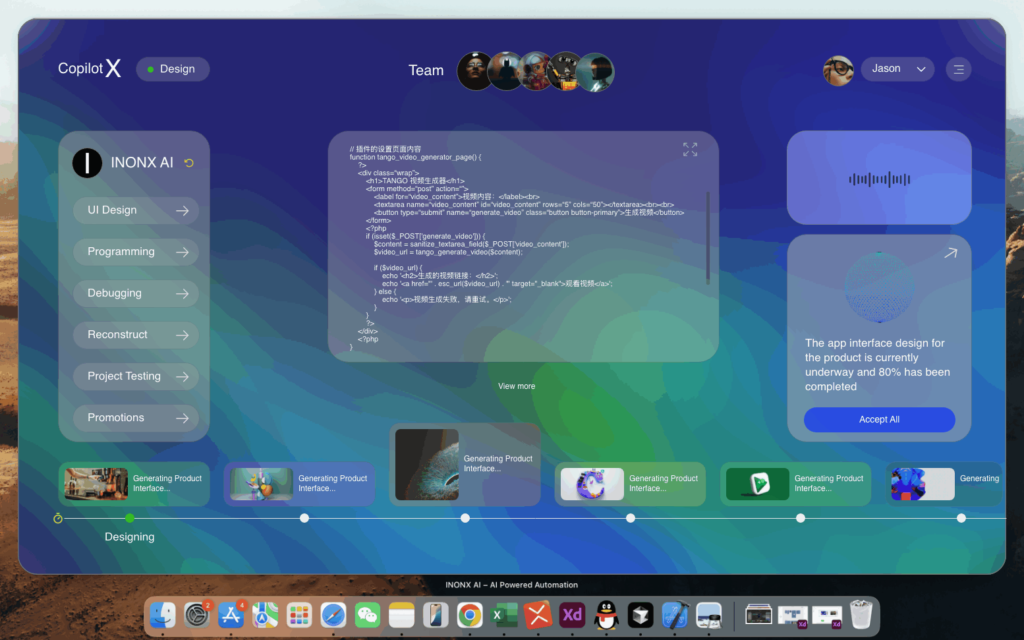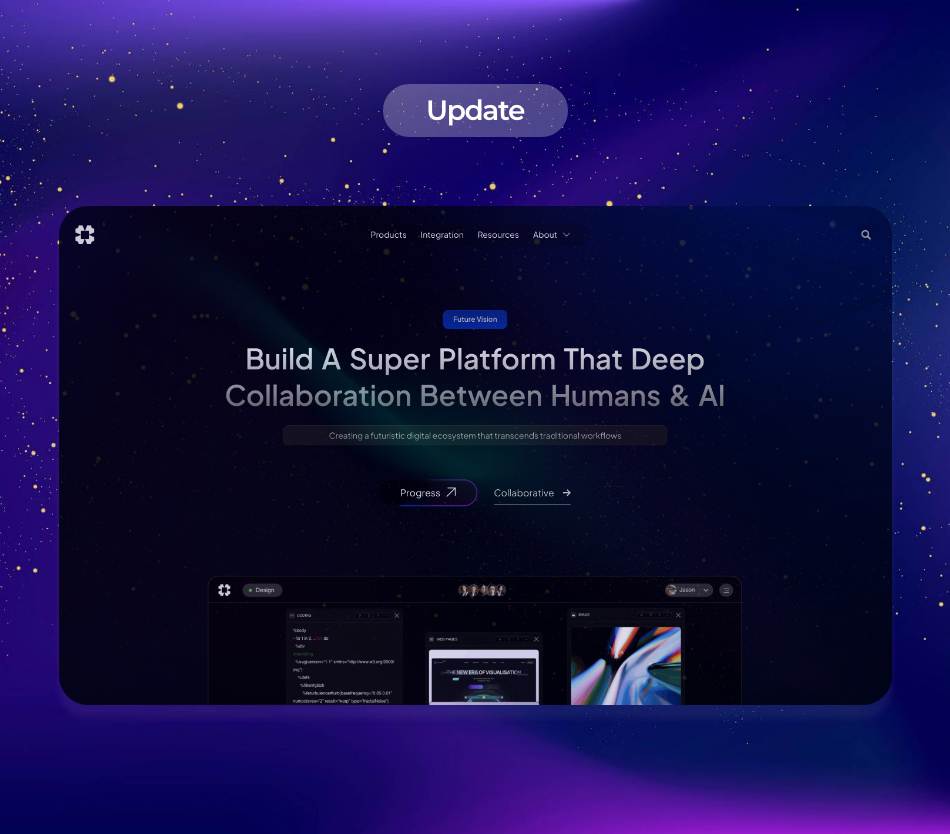In the age of rapid technological advancement, Artificial Intelligence (AI) stands at the forefront of innovation, reshaping sectors and enhancing productivity. As organizations grapple with increasing demands, AI data processing tools have emerged as game-changers, offering significant improvements in efficiency and scalability. Among the notable frameworks driving this evolution is Meta’s PyTorch, a powerful platform favored by developers and researchers alike. This article explores the latest trends in AI productivity, the capabilities of AI data processing tools, how PyTorch fits into the landscape, and real-world applications that leverage these technologies.
.
**The Rise of AI Data Processing Tools**
Data is often described as the new oil, a critical fuel that powers modern business operations. However, the vast volumes of data generated daily can overwhelm traditional processing methods. This challenge has sparked significant interest in AI data processing tools that can automate and refine data handling tasks. From data cleansing and transformation to advanced analytics and predictive modeling, these tools allow organizations to extract meaningful insights quickly and reliably.
The need for speed in data processing cannot be overstated. According to a report by McKinsey, organizations that harness AI capabilities can improve their productivity by 40% or more. AI data processing tools streamline workflows, reduce manual errors, and facilitate real-time decision-making—important factors in highly competitive business environments.
.
**Meta’s PyTorch: A Leader in AI Frameworks**
Among the many tools available for data processing, Meta’s PyTorch has gained significant traction, particularly in the realms of deep learning and machine learning. Originally developed for use in research, PyTorch has evolved into a versatile framework that caters to both academic and commercial needs.
Some key features that differentiate PyTorch from its competitors include:
1. **Dynamic Computation Graphs**: PyTorch uses dynamic computation graphs, allowing users to modify their neural networks on-the-fly. This flexibility is crucial for developers who need to experiment with architectures and debug their models effectively.
2. **Easy Integration with Python**: Being Pythonic in nature, PyTorch is inherently user-friendly. Its design promotes rapid prototyping, making it a favorite among data scientists and AI researchers.
3. **Rich Ecosystem**: With a robust ecosystem of libraries and tools (e.g., TorchVision, TorchText), PyTorch supports a diverse array of applications, from computer vision to natural language processing.
4. **Strong Support and Community**: PyTorch benefits from a vibrant community and extensive support from Meta, ensuring that users can access tutorial resources, workshops, and forums for collaborative problem-solving.
.
**Trends in AI Productivity**
As organizations strive to enhance productivity through AI, several trends have emerged in the domain of data processing and application.
1. **Automation and Augmented Intelligence**: The integration of AI into enterprises has led to increased automation of repetitive tasks, freeing human resources to focus on strategic decision-making. Tools equipped with AI capabilities can handle tasks such as data entry, report generation, and customer queries, improving overall efficiency.
2. **Natural Language Processing (NLP)**: NLP, a subfield of AI, has gained prominence with applications in chatbots, sentiment analysis, and language translation. AI data processing tools designed for NLP can analyze vast datasets of textual information, providing organizations with valuable insights into customer behavior and market sentiment.
3. **Predictive Analytics**: Utilizing AI for predictive analytics has resulted in advanced forecasting capabilities, enabling businesses to anticipate market trends and prepare accordingly. These tools empower organizations to analyze historical data, identify patterns, and make informed decisions based on empirical evidence.
4. **Real-Time Data Processing**: In a world where speed is paramount, real-time data processing tools allow organizations to analyze data as it streams in. Immediate insights can inform critical decisions, essentially transforming live data into actionable strategies. This trend is particularly relevant in sectors like finance, supply chain management, and digital marketing.
.
**Technical Insights into AI Data Processing**
Understanding the technical capabilities of AI data processing tools can provide organizations with a competitive edge. These tools typically incorporate several sophisticated methodologies and frameworks:
1. **Machine Learning Algorithms**: At the core of many AI data processing tools are various machine learning algorithms that can analyze data, detect anomalies, and make predictions. Techniques such as regression, classification, and clustering empower businesses to derive insights from raw datasets.
2. **Big Data Technologies**: With the proliferation of big data, many AI tools are engineered to handle large-scale datasets seamlessly. Technologies such as Hadoop and Apache Spark are often integrated with AI frameworks like PyTorch to manage, process, and analyze extensive volumes of data efficiently.
3. **Data Visualization**: Effective data processing is incomplete without data visualization tools that can present the findings in an accessible manner. Libraries such as Matplotlib and Seaborn offer extensive capabilities for data visualization in tandem with PyTorch, helping users interpret results intuitively.
4. **Model Deployment and Monitoring**: Transitioning from model training to deployment is often a challenge faced by data scientists. PyTorch simplifies this process through its TorchServe functionality, which enables the deployment of models at scale while providing requisite monitoring and management capabilities.
.
**Industry Use Case: Healthcare Sector**
One of the most compelling use cases of AI data processing tools is in the healthcare sector. The integration of AI, particularly through frameworks like PyTorch, has the potential to revolutionize patient care and operational efficiency.
For instance, predictive analytics aided by AI can forecast patient outcomes, assist in the early detection of diseases, and optimize resource allocation—areas of crucial importance in healthcare settings. AI tools can analyze patient data from electronic health records (EHRs), identifying trends and recommending actionable insights to clinicians.
Furthermore, NLP applications can sift through extensive medical literature and clinical notes to assist doctors in diagnosing conditions more accurately. Combining these capabilities with robust processing frameworks like PyTorch paves the way for groundbreaking advancements in precision medicine and personalized treatment protocols.
.
**Conclusion**
The rising tide of AI productivity, driven by evolving data processing tools and platforms like Meta’s PyTorch, presents an exciting frontier for various industries. As organizations continue to harness the power of AI, the trend towards automation, real-time processing, and smarter decision-making is likely to persist. The integration of AI into operational workflows not only enhances productivity but also reshapes the traditional paradigms of enterprise functionality.
In this context, PyTorch’s flexibility, ease of use, and community support make it an invaluable resource for data scientists and developers. Both in the present and future, it remains pivotal in building powerful AI applications that contribute to significant advancements across sectors.
In summary, organizations that adopt AI-focused data processing tools will undoubtedly gain a decisive advantage, establishing themselves as leaders in their respective fields while enhancing overall operational efficiency.
.
**Sources:**
– McKinsey Global Institute. (2021). “The Future of Work: How AI is Reshaping the Workplace.”
– Meta AI Research. (2022). “Introducing PyTorch: An Open-Source Machine Learning Library.”
– IBM. (2020). “AI-Powered Data Processing: Achieving Faster Insights with Automation.”
– Gartner. (2021). “Top Trends in Artificial Intelligence: Business Impact and Furor in Data Management.”




























